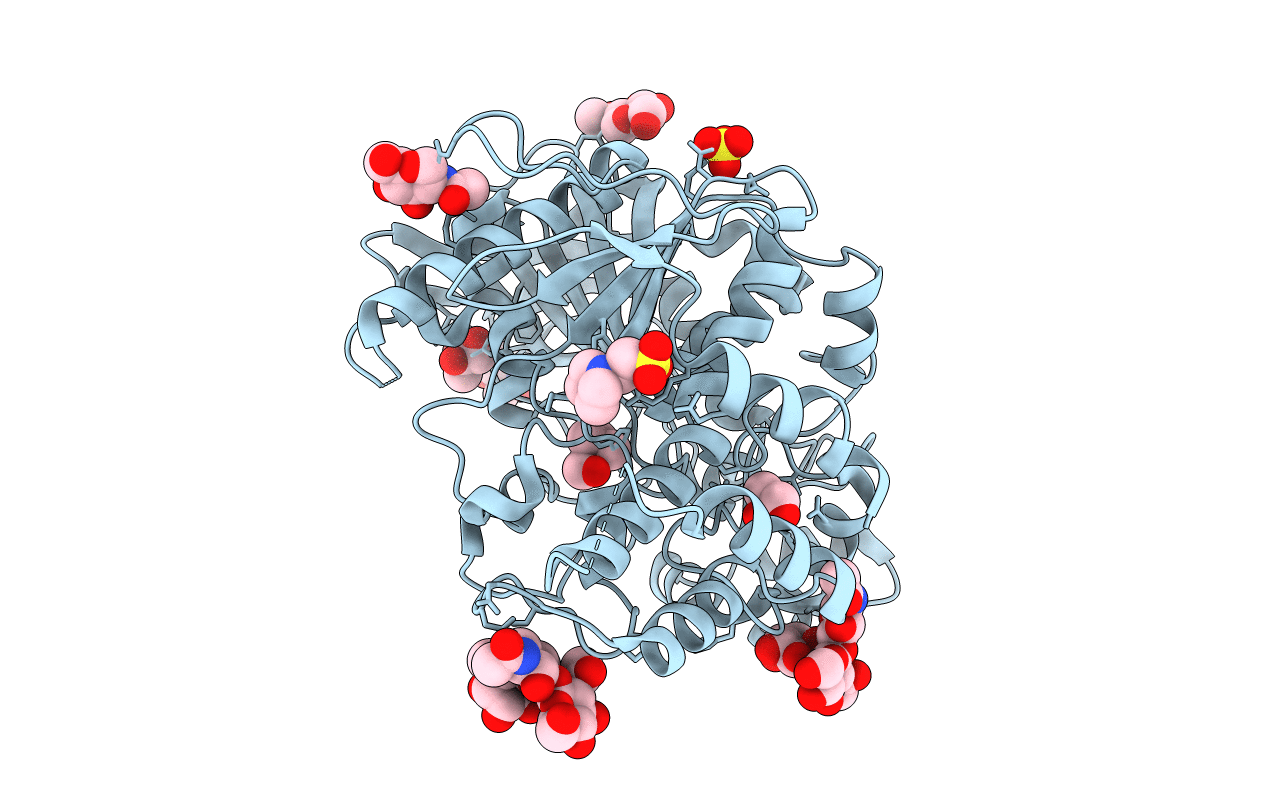
Deposition Date
2003-04-10
Release Date
2003-08-05
Last Version Date
2024-10-30
Entry Detail
PDB ID:
1P0M
Keywords:
Title:
Crystal structure of human butyryl cholinesterase in complex with a choline molecule
Biological Source:
Source Organism:
Homo sapiens (Taxon ID: 9606)
Host Organism:
Method Details:
Experimental Method:
Resolution:
2.38 Å
R-Value Free:
0.24
R-Value Work:
0.21
R-Value Observed:
0.21
Space Group:
I 4 2 2


